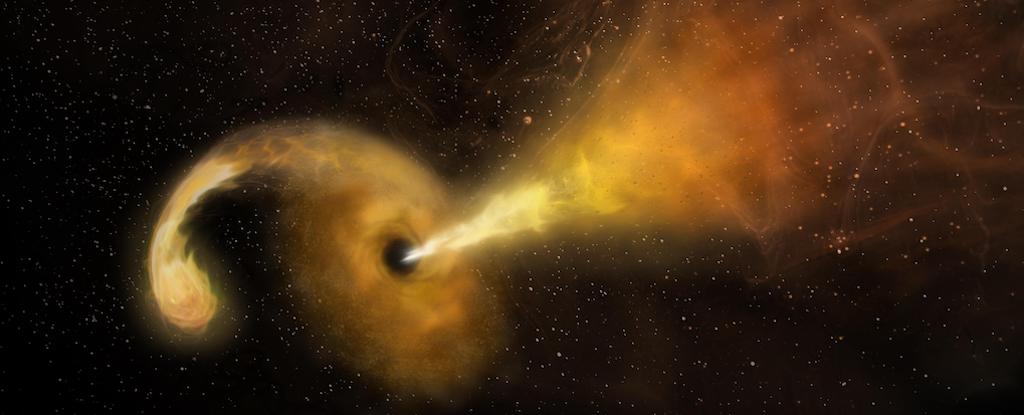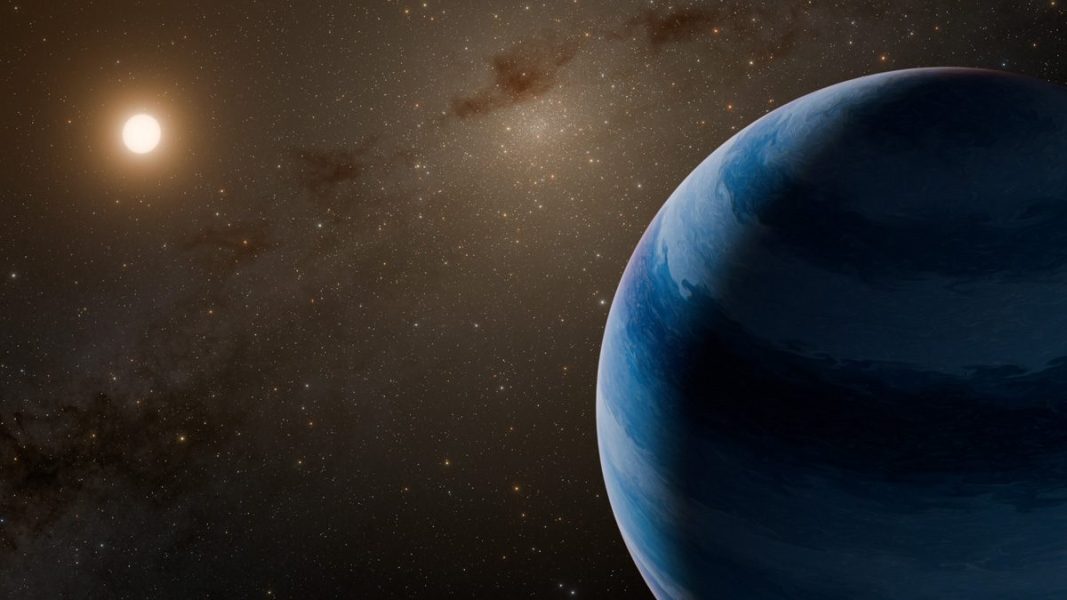Earth’s Magnetic North Pole Position Is Officially Changed—Scientists Just Updated Its Location – Indian Defence Review

Earth’s magnetic north pole just shifted again, forcing scientists to update global navigation models. The movement has been accelerating for decades, and its latest position brings it closer to Russia than ever before. Small changes like this might seem unimportant, but they can have surprising effects on navigation and technology. The real question is how much more it will move—and what happens next.Earth’s magnetic north pole is on the move—again. Scientists have released an updated World Magnetic Model (WMM), revealing that the pole has drifted even closer to Siberia than it was five years ago. The shift, though not entirely unexpected, has significant implications for global navigation systems, from commercial aviation to smartphone GPS.Unlike the geographic North Pole, which remains fixed, magnetic north is constantly shifting due to the turbulent movement of molten iron in Earth’s core. But why is this drift accelerating? And what does it mean for the future of Earth’s magnetic field?The movement of magnetic north isn’t new, but in the last few decades, its speed has changed dramatically.This erratic motion suggests that deep within Earth’s core, changes in the churning molten metals responsible for generating the magnetic field are happening faster than expected.The World Magnetic Model, updated every five years, is critical for ensuring the accuracy of modern navigation systems. Without regular updates, errors can accumulate, leading to navigation mistakes that could impact aircraft, ships, and even military operations.Dr. Arnaud Chulliat, a senior research scientist at the University of Colorado, warns that delayed updates could cause significant errors:“The more you wait to update the model, the larger the error becomes.”To address this, scientists have released two versions of the new WMM:Dr. William Brown of the British Geological Survey explains:“Major airlines will upgrade their navigation software to accommodate the shift, but for most everyday users, the difference is negligible.”🚨 The World Magnetic Model 2025 is now live. Deployed on December 31st to all Flight Service platforms, this update ensures you’re heading in the right direction for the new year! 😉 Potential Impacts: Aeronautical charts 🗺️ , runway numbers 🛬, and navigation systems 🧭. pic.twitter.com/zFmgAG5xh2The geographic North Pole (true north) is the fixed point where all lines of longitude meet, while magnetic north is a dynamic entity, shifting as Earth’s magnetic field evolves.Since British explorer Sir James Clark Ross first located magnetic north in 1831, it has migrated:The latest WMM update confirms that the drift will continue toward Russia, but at a slower rate. However, scientists remain cautious—there’s always the possibility that the pole’s motion could suddenly accelerate again.Earth’s magnetic field is not stable—historically, it has flipped multiple times, with magnetic north and south poles switching places.If a reversal were to happen in the near future, the consequences could be significant:A weakening magnetic field during a reversal could disrupt:Many migratory animals rely on Earth’s magnetic field for navigation, including:A sudden shift could cause mass disorientation, leading to stranded whales and lost flocks of birds.Dr. Brown speculates on how modern society would handle such an event:“It would certainly be an interesting time for engineers to adapt our technology to, but hopefully, we’d have a slow, centuries-long buildup to prepare.”While a full magnetic reversal isn’t likely in the immediate future, the continued drift of magnetic north signals that Earth’s magnetic field remains in flux. Scientists will continue to monitor changes and improve models, ensuring that navigation systems keep pace with the shifting landscape of our planet’s magnetism.An earlier version of this article was published on January 23, 2025. This research was published in Nature Geoscience.Got a reaction? Share your thoughts in the commentsEnjoyed this article? Subscribe to our free Newsletter for engaging stories, exclusive content, and the latest newsComment Save my name, email, and website in this browser for the next time I comment.
© 2024 | Indian Defence Review | All rights reserved






